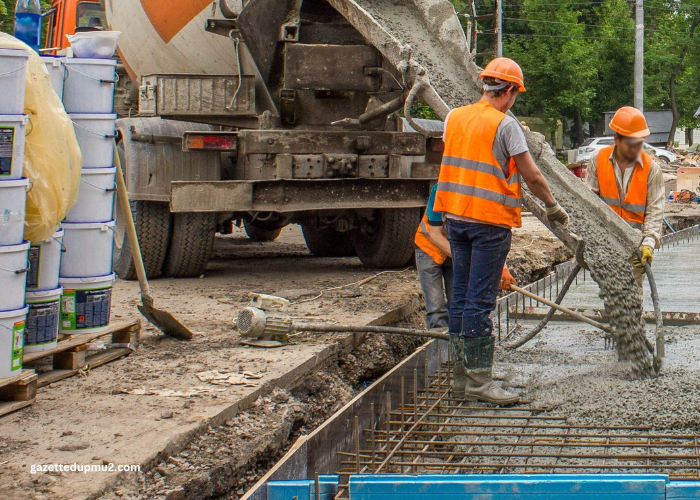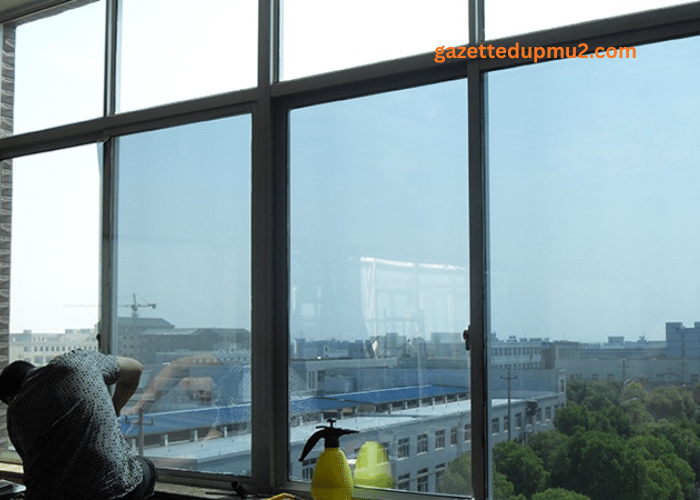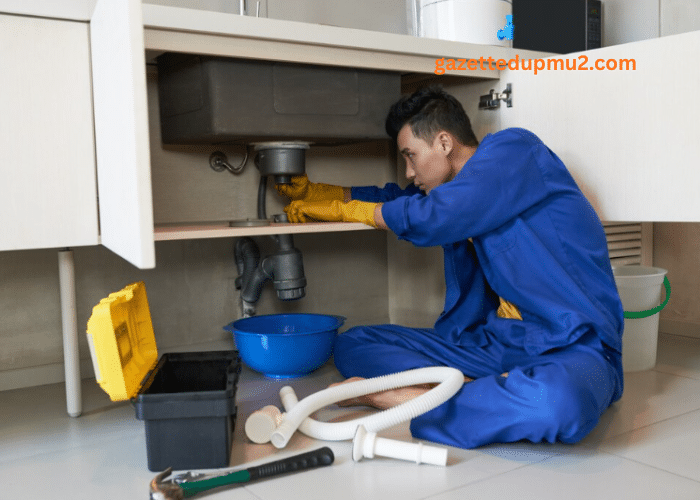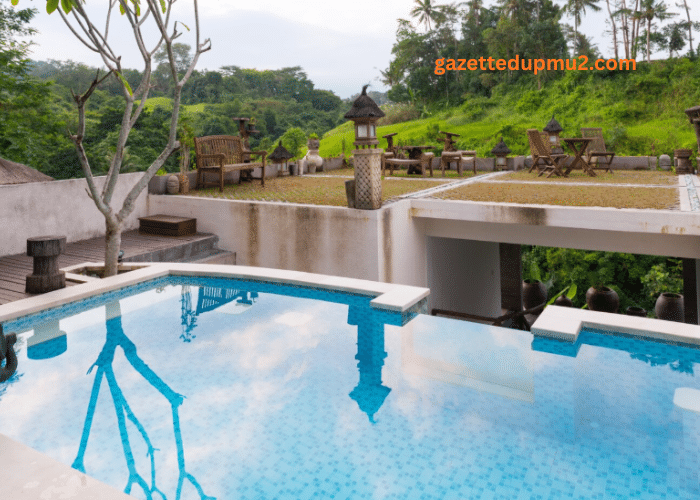Dallas is known for its vibrant cityscape, bustling communities, and scorching summer heat. While the warm weather may be a draw for residents and tourists alike, it poses significant challenges for construction, especially when it comes to concrete. Whether you’re building a driveway, sidewalk, or concrete patio Dallas homeowners love, understanding how extreme temperatures affect concrete is crucial. This guide will explore the best practices for selecting the right mix, curing methods, and protective sealers to ensure your concrete structures stand strong under the Texas sun.
The Challenge of Dallas Heat on Concrete
Concrete is a durable and versatile material, making it a favorite for both residential and commercial projects. However, in Dallas, the combination of high temperatures and humidity creates conditions that can compromise its integrity. Excessive heat accelerates the evaporation of water in the concrete mix, which is critical for proper curing. If not addressed, this can lead to cracks, shrinkage, and long-term damage.
Additionally, the heat causes the concrete to expand during the day and contract at night as temperatures drop. Over time, this repeated thermal cycling can weaken the structure, leading to surface damage or deep cracks.
Choosing the Right Concrete Mix
The first step to ensuring durability is selecting the right mix for the local climate. Here are key considerations:
- Low Water-to-Cement Ratio: In hot climates, reducing the water content in the mix minimizes shrinkage and cracking. Supplementing the mix with water-reducing admixtures can maintain workability without compromising strength.
- Use of Fly Ash or Slag Cement: These supplementary materials improve the mix’s resistance to thermal stress and make the concrete more sustainable by reducing the amount of Portland cement required.
- Aggregate Selection: Aggregates form the bulk of concrete and should be chosen carefully. In Dallas, crushed limestone is often preferred as it withstands thermal expansion better than softer materials.
Best Practices for Curing Concrete in Dallas
Proper curing is essential for concrete to reach its optimal strength and durability. In the Dallas heat, traditional curing methods may not suffice. Here’s what you can do:
- Start with Cool Materials: Using chilled water or ice in the mix can help lower the initial temperature of the concrete, delaying evaporation during placement.
- Shade and Windbreaks: Covering fresh concrete with shade structures or using windbreaks reduces exposure to direct sunlight and wind, which can accelerate water loss.
- Moist Curing Techniques: Retaining moisture is key. Methods like wet burlap coverings, continuous water spraying, or using plastic sheets can prevent premature drying and ensure proper hydration.
- Curing Compounds: These chemical products form a protective layer over the surface, slowing water evaporation and improving the curing process, especially in high-temperature conditions.
The Role of Sealers in Long-Term Protection
Even with a well-mixed and cured slab, concrete Dallas needs extra protection to withstand the elements. This is where sealers come in. Sealers serve as a barrier, protecting the surface from moisture infiltration, UV damage, and de-icing salts.
- Penetrating Sealers: These sealers absorb into the concrete, providing long-lasting protection against water and chemical damage while maintaining a natural appearance.
- Film-Forming Sealers: These create a protective layer on the surface and are ideal for decorative concrete patios in Dallas, offering added resistance to stains and scratches.
- Application Timing: Sealers should be applied once the concrete has fully cured, typically 28 days after placement. Reapplication every 2-3 years ensures continued protection and longevity.
Benefits of Professional Installation
While DIY projects can be rewarding, concrete installation in Dallas requires expertise to combat the challenges posed by extreme weather. Hiring a professional ensures:
- Proper Mix Selection: Experts will tailor the concrete mix to the specific demands of your project and local climate.
- Precision in Curing: Professionals have the tools and experience to implement effective curing techniques, minimizing the risk of cracking.
- High-Quality Finish: A well-finished surface not only enhances the appearance of your project but also improves its functionality and lifespan.
For instance, if you’re planning a concrete patio Dallas residents can envy, professional installers will create a space that is both visually appealing and built to withstand the Texas heat.
Maintaining Your Concrete Investment
Regular maintenance is the final piece of the puzzle to keep your concrete looking and performing its best. Here are a few tips:
- Clean Regularly: Dirt and debris can erode the surface over time. Regular cleaning, as simple as sweeping and occasional pressure washing will keep it clean.
- Inspect for Cracks: Small cracks can quickly escalate. Sealing them early prevents moisture penetration and further damage.
- Reapply Sealers: As mentioned earlier, periodic resealing is essential for maintaining protection and appearance.
Conclusion
In Dallas, concrete faces the ultimate test of endurance against heat and weather fluctuations. By choosing the right mix, adhering to proper curing techniques, and using high-quality sealers, you can ensure your concrete projects stand the test of time. Whether it’s a driveway, sidewalk, or a stunning concrete patio Dallas homeowners admire, understanding these best practices will help you make the most of your investment.
When planning your next project, remember that local professionals have the expertise and tools to navigate the unique challenges of the Dallas climate. With the right approach, your concrete structures can remain beautiful, functional, and durable for years to come.





